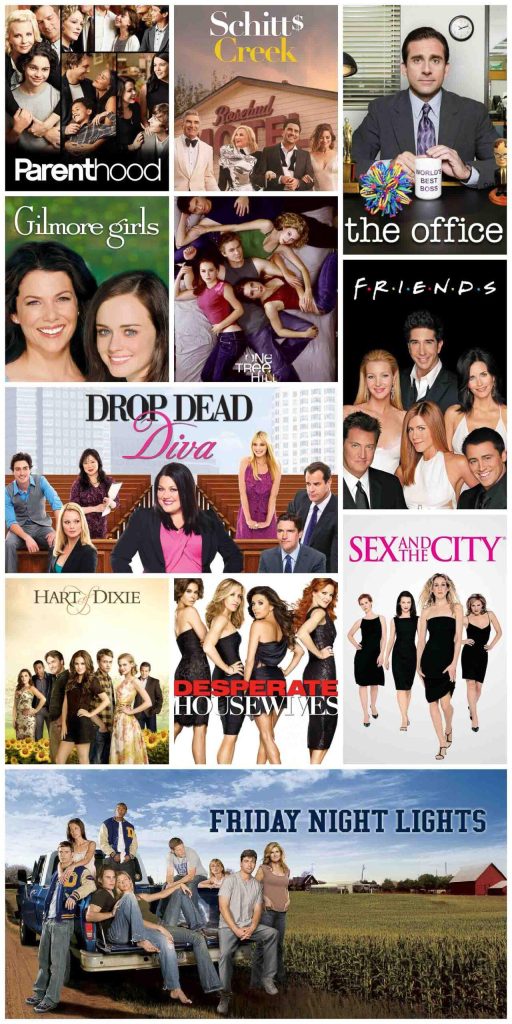In the glittering, adrenaline-fueled world of Wall Street, where fortunes are made and lost with the flick of a wrist, “The Wolf of Wall Street” stands as a cinematic titan, unapologetically showcasing the excesses of its era. Martin Scorsese‘s audacious film, with Leonardo DiCaprio at its helm, is a whirlwind of hedonism, ambition, and moral ambiguity. Yet, beneath its glossy veneer and electrifying performances lies a contentious debate: does the film glamorize the very vices it depicts? Critics argue it celebrates greed and debauchery, while supporters claim it serves as a cautionary tale. As we delve into this cinematic masterpiece, we ask—should “The Wolf of Wall Street” be criticized for glorifying bad behavior, or is it a mirror reflecting the darker facets of human nature? Prepare to explore the labyrinth of morality and cinema, where the line between condemnation and admiration blurs in the most captivating of ways.
Exploring the Fine Line Between Satire and Glorification
The cinematic masterpiece that is “The Wolf of Wall Street” walks a razor-thin line between satire and glorification, a balancing act that has sparked fervent debates among critics and audiences alike. The film, with its relentless energy and unapologetic portrayal of excessive indulgence, invites viewers into the chaotic world of Jordan Belfort, a character whose real-life counterpart epitomizes the pitfalls of unfettered capitalism. As we navigate through scenes brimming with debauchery and moral ambiguity, it’s crucial to discern whether the film serves as a mirror reflecting societal excess or a celebration of it.
- Satirical Lens: Through its exaggerated depictions, the film could be seen as a biting critique of corporate greed, highlighting the absurdity of the financial elite’s behavior.
- Glorification Trap: The lavish lifestyles and thrilling escapades might inadvertently glamorize the very actions the film seeks to condemn, leading some viewers to idolize rather than criticize.
The allure of the narrative lies in its provocative storytelling, challenging audiences to question their own perceptions of success and morality. By blurring the lines between condemnation and admiration, the film leaves a lingering question: are we meant to laugh at the absurdity, or does our laughter signify complicity in the glorification of excess?

Analyzing the Impact of Cinematic Excess on Audience Perception
When Martin Scorsese unleashed The Wolf of Wall Street onto the silver screen, audiences were met with a kaleidoscope of opulence, debauchery, and moral ambiguity. At its core, the film is a vibrant tapestry woven with threads of excess, painting a portrait of a world where the boundaries of right and wrong blur under the neon lights of Wall Street’s hedonistic playground. This cinematic excess, while mesmerizing, poses a crucial question: does it lead viewers to inadvertently glorify the reprehensible behaviors it so vividly depicts?
The impact of such portrayals can be multifaceted:
- Empowerment of the Underdog: Some viewers might find themselves rooting for Jordan Belfort, seeing him as a rebellious underdog challenging the establishment.
- Desensitization to Immorality: The relentless pace and lavish depictions may numb the audience to the ethical breaches and the real-life consequences of such actions.
- Reflection of Societal Values: Others may view the film as a mirror reflecting society’s obsession with wealth and power, prompting introspection rather than admiration.
Ultimately, the film’s deliberate exaggeration serves as a double-edged sword, inviting viewers to question their own perceptions of morality while basking in the spectacle of unrestrained indulgence.

The Role of Filmmakers in Shaping Ethical Narratives
Filmmakers wield an extraordinary power to influence cultural and ethical perceptions through their storytelling. Their creative choices in depicting characters and events can either critique or inadvertently endorse the behaviors they portray. The Wolf of Wall Street, with its unapologetic depiction of excess and moral ambiguity, raises questions about the filmmaker’s role in shaping ethical narratives. Does Martin Scorsese’s film merely document the hedonistic lifestyle of its protagonist, or does it glamorize and normalize the reckless pursuit of wealth and power?
Consider the impact of cinematic storytelling on audiences:
- Empathy and Understanding: Films can foster empathy by presenting complex characters whose motivations are explored in depth.
- Critique of Society: Through satire and exaggeration, filmmakers can highlight societal flaws, prompting viewers to question the status quo.
- Reflection and Discussion: Provocative narratives can spark dialogue about ethics, morality, and the consequences of certain behaviors.
Ultimately, filmmakers must navigate the fine line between representation and glorification, ensuring that their works contribute thoughtfully to cultural discourse.

Crafting a Responsible Viewing Guide for Controversial Films
Navigating the complex terrain of controversial films demands a thoughtful approach. When it comes to a film like “The Wolf of Wall Street,” viewers might find themselves entangled in a moral quandary. To facilitate a responsible viewing experience, consider the following guidelines:
- Contextual Understanding: Recognize the historical and cultural backdrop against which the film is set. This film is a reflection of excess and moral ambiguity during a specific era on Wall Street, rather than an endorsement of such behaviors.
- Critical Engagement: Engage critically with the narrative. Analyze how the film portrays its characters and events. Is it critiquing the very behaviors it depicts, or merely showcasing them?
- Discussion and Reflection: Foster dialogue post-viewing. Discuss the ethical implications and personal reactions with others. Reflection is key to understanding the film’s impact on our perception of morality and success.
By approaching “The Wolf of Wall Street” with these strategies, viewers can appreciate the artistry of the film while maintaining an ethical perspective. This guide empowers audiences to engage with controversial content thoughtfully and responsibly.









